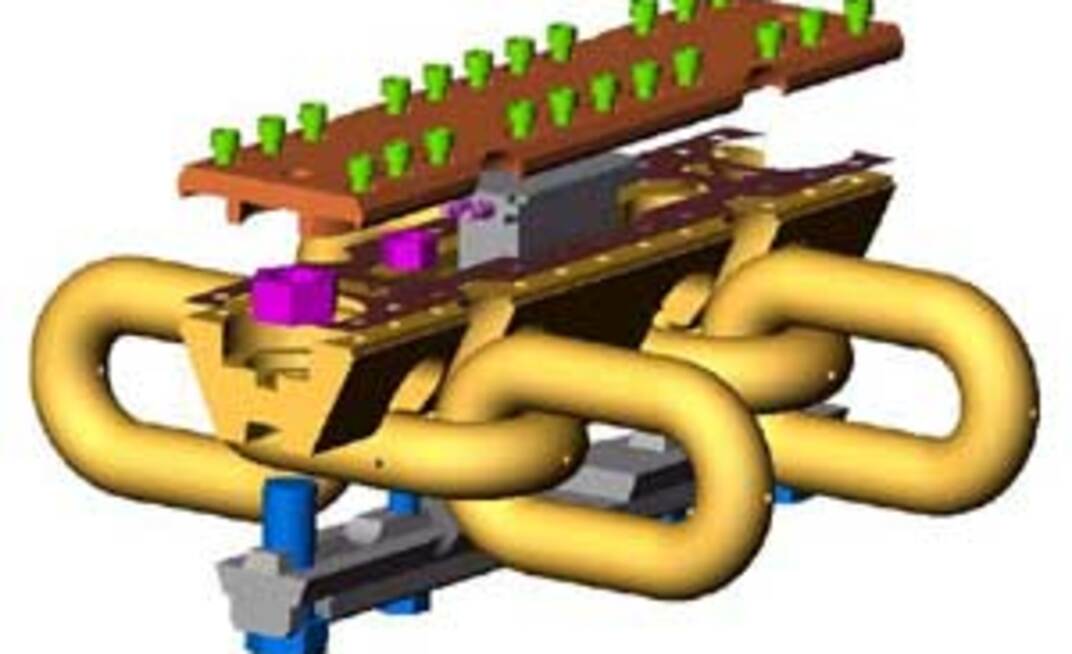CRCMining researchers have designed and built an instrument to measure the AFC’s chain tension in real time, recently approved for intrinsic safety by SIMTARS. This is the first instance of a battery-powered device being formally approved for this purpose in underground Australian mines.
AFC chain tension has been blamed for various types of chain failure and is among the top five causes of production delays in most longwall mines in Australia. Chain breakage, chain fatigue, chain stretch and sprocket pocket wear are all related to chain tension. Although various attempts have been made to measure the chain tension in the past, no satisfactory device has yet been developed to do the job, resulting in a very poor understanding of chain failure mechanisms.
The CRCMining chain tension meter development is jointly funded by ACARP and CRCMining. Its primary purpose is to test and demonstrate the operation of an instrument which measures actual AFC chain tension under various operating conditions including straight runs, snaking, carrying coal and/or stone, stalls and recoveries.
The Intrinsic Safety (IS) certification for Australian mines, complicated by the small size required for the instrument, its associated battery power source and operational environment, delayed the project for more than a year. After exhaustive tests which included all the modern battery chemistries, a suitable battery type and manufacturer was isolated. After many further circuit design iterations the instrument has finally received its IS certification, which means it can be tested underground.
The chain tension meter consists of two strain gauges installed on two opposite chain links on an AFC and a box housing the instrument and battery. This instrument assembly is housed in a protective enclosure built to the profile of a flight bar. The strain data is sampled at 100 Hz with 16-bit accuracy from each strain gauge and stored in 48 Mbytes of non-volatile solid-state memory. The battery has enough capacity to log for at least 12 hours. If more data is required, the logger is removed from the flight bar enclosure and replaced with a fully charged one. The logger with stored data is then taken to a safe area where it can be recharged and the data downloaded to a PC or laptop.
CRCMining is currently researching a battery less power system and wireless data link which would eliminate the need to swap out the loggers at each shift.
Field tests are scheduled for August/September in two stages: Stage I will test the protection flight bar to make sure that it will not interfere with other parts of the AFC and to check if it is strong enough to survive the environment. Stage II will be full shift runs under production conditions.
The following results are expected from the field trials:
A first-ever chain tension database for an operating AFC;
A good understanding of the chain failure mechanisms;
A model to optimise operating and maintenance strategies;
Testing and validation of the AFC simulation software earlier developed by CRCMining;
The release of a validated software model to the longwall industry.
























